Sand Casting Using 3D Printing Technology
Author: SAIVS Date Published: Sep 27,2023
Sand Casting has been a widely used method for manufacturing complex metal parts for centuries.
However, with the advent of 3D Printing technology, sand casting has undergone a significant transformation.
This article explores the integration of 3D printing technology into sand casting processes, highlighting its
applications and advantages in this traditional manufacturing technique.
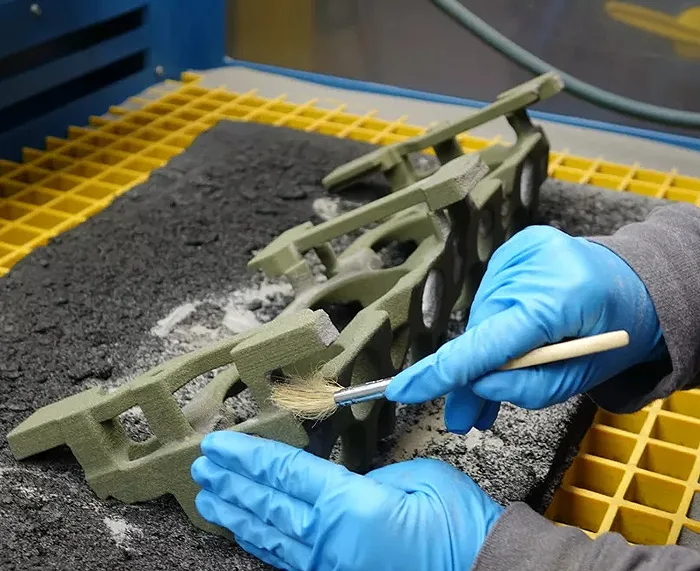
What is Sand Casting with 3D Printing Technology?
Sand casting with 3D printing technology combines the benefits of both additive manufacturing and traditional foundry techniques.
It involves creating intricate molds or patterns using a layer-by-layer deposition process enabled by a 3D printer.
These molds are then filled with molten metal to produce complex shapes that were previously
challenging to achieve through conventional sand casting methods.
The process begins by designing a digital model of the desired object using computer-aided design (CAD) software.
This digital model is then sliced into thin layers, which are sequentially printed using a binder
jetting or selective laser sintering (SLS) approach. The resulting mold is then prepared for the pouring of molten metal,
allowing for precise replication of intricate geometries and internal features.
Application of 3D Printing Technology in Sand Casting
The integration of 3D printing technology in sand casting has opened up new possibilities and expanded the capabilities
of this traditional manufacturing process. Some notable applications include:
1. Complex Geometries: With conventional sand casting techniques, producing complex geometries can be challenging
due to limitations imposed by core removal and mold assembly processes. By utilizing 3D printing, intricate designs
can be realized more easily without compromising structural integrity.
2. Rapid Prototyping: The ability to quickly fabricate molds using 3D printing allows for rapid iteration and prototyping
during product development cycles. This reduces lead times significantly compared to
traditional methods, enabling faster time-to-market for new products.
3. Customization and Small Batch Production: Traditional sand casting often requires expensive tooling modifications
for each unique design variation or small batch production run. By employing 3D printed molds, customization becomes
more accessible and cost-effective since changes can be made directly in the digital model without altering physical tooling.
4. Lightweight Structures: With optimization algorithms integrated into CAD software, designers can leverage lightweight
structures that maximize strength-to-weight ratios while minimizing material usage—a crucial
consideration in industries such as aerospace and automotive engineering.
Advantages of Using 3D Printing Technology in Sand Casting
1. Design Freedom: The layer-by-layer additive nature of 3D printing enables the production of highly intricate designs
that were previously unattainable through conventional means—opening up opportunities for innovation and creativity in product development.
2. Time Efficiency: By eliminating or reducing manual labor-intensive steps involved in traditional mold-making processes
like pattern construction or core assembly, overall production time is significantly reduced—leading
to faster turnaround times from design to finished product.
3.Cost Savings: Traditional mold-making methods often require expensive tooling investments upfront—a barrier especially
pronounced when producing small quantities or prototypes.Within an additive manufacturing framework,
the need for costly tooling is minimized,saving costs associated with fabrication setup,retooling,and storage expenses.
4.Improved Quality Control:The digitization inherent within incorporating CAD models throughout the process enables
better quality control by providing accurate measurements,reducing human error,
and ensuring consistent results from one production run to another.
Conclusion
The integration of advanced technologies like three-dimensional (or additive) printing into traditional manufacturing
processes such as sand casting opens up new horizons within industries reliant on complex metal parts.
The combination offers unparalleled design freedom,time efficiency,cost savings,and improved quality control—ushering
forth an era where innovation meets tradition,resulting in enhanced productivity across various sector.
Why Choose SAIVS™ as Your Supplier?
1.Superb Quality Control Management
At SAIVS, we take pride in our perfect quality management systems and procedures, which guarantees the excellent performance of all our producs, being a professional Investment Casting | Die Casting| Sand Castingmanufacturer in China.
2.Rich Production Experience
With 20 years of experience in production, SAIVS has a deep understanding of the market and trends, and strives for continuous research and innovation. This has created advantages in both the product's performance and appearance.
3.Competitive Prices
As a Chinese factory committed to becoming the most cost-effective Investment Casting | Die Casting| Sand Castingexporter in China, SAIVS provides high-quality products at advantageous prices. By lowering costs and increasing efficiency, we ensure that our customers receive the best possible value for their investment.
4.Perfect After-sales Service
At SAIVS, we strive to provide superior customer service that meets and exceeds expectations. We are always available for any questions or concerns you may have, and we stand by our commitment to providing excellent after-sales support.
Related Posts
-
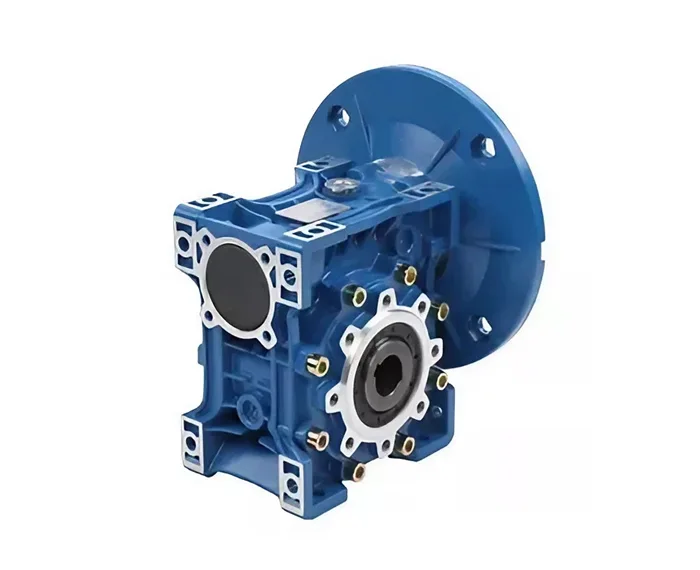
The significance of gearbox in industrial applications
Gear systems are integral to a wide range of industrial applications, from automotive to manufacturing machinery. Within these systems, the gear housing...
-
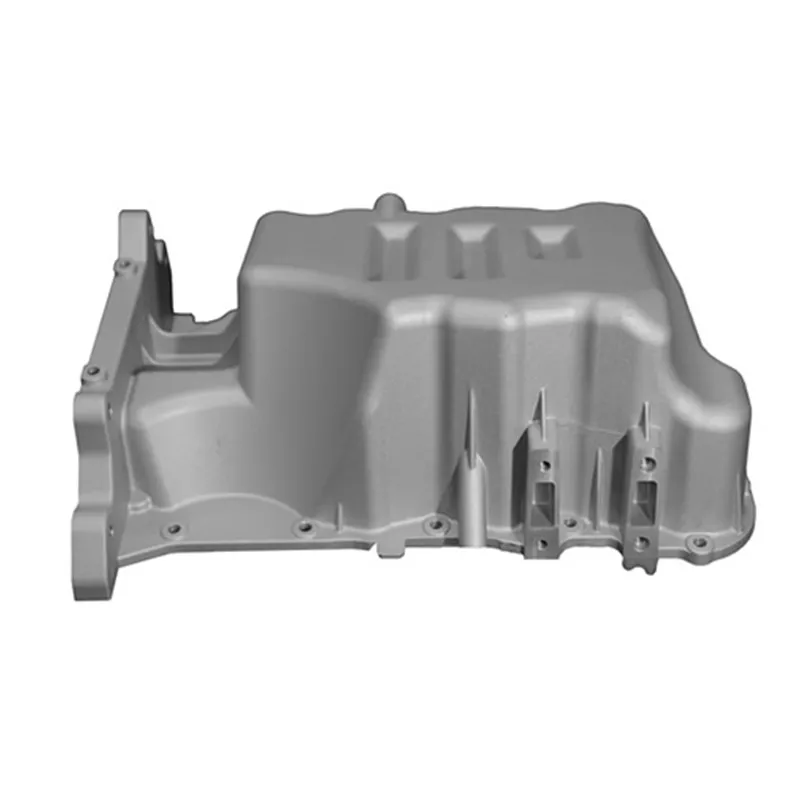
Causes and solutions of deformation of aluminum alloy die castings
Aluminum alloy die casting is widely used in various industries due to its excellent characteristics such as light weight, high strength, and good corrosion res...
-
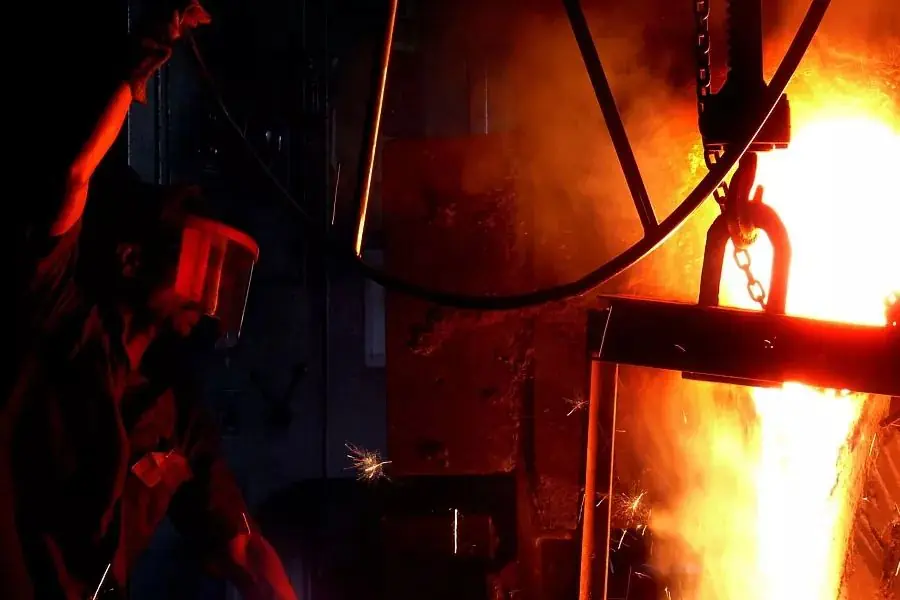
Boost Tundish Life: Key Strategies for Continuous Casting Efficiency
Enhancing Continuous Casting Tundish Life: Key Measures and StrategiesIntroductionThe continuous casting tundish plays a pivotal role in the steel producti
-
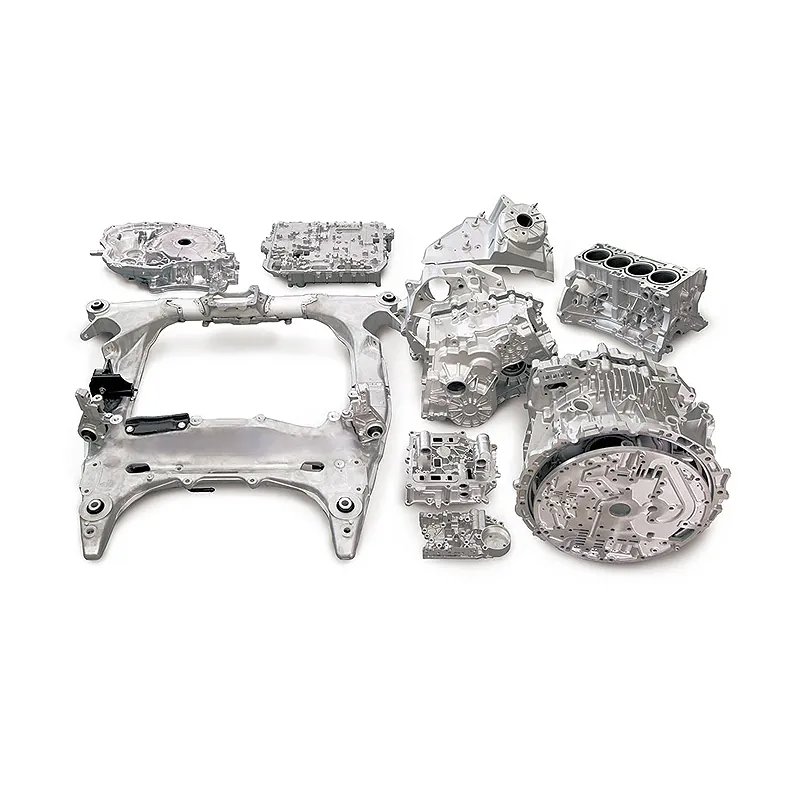
Guidelines for Die Casting Quality Control
Die casting is a widely used manufacturing process that allows for the production of complexand high-precision metal components. To ensure the production of sup...
-

Sand Casting Using 3D Printing Technology
Sand casting has been a widely used method for manufacturing complex metal parts for centuries.However, with the advent of 3D printing technology, sand casting ...
-
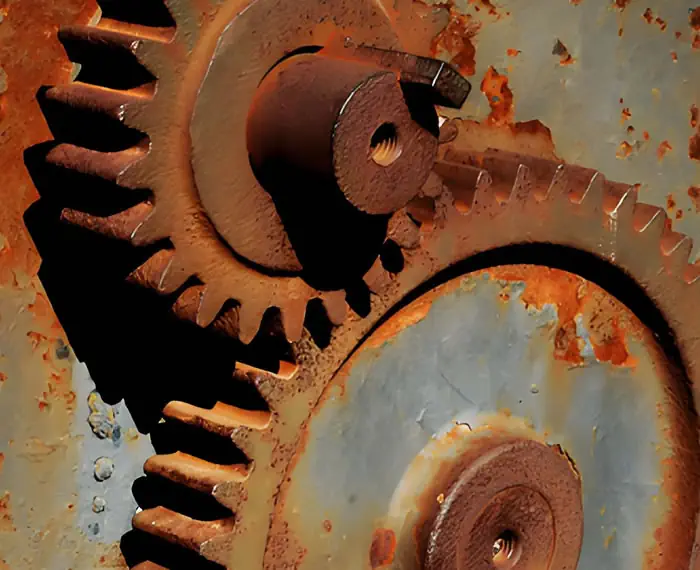
Guide to Choosing Corrosion-Resistant Metals for Industrial Use
Understanding Corrosion-Resistant Materials: Essential Knowledge for Reliable, Long-Lasting ComponentsIn various industrial applications, corrosion-resista

